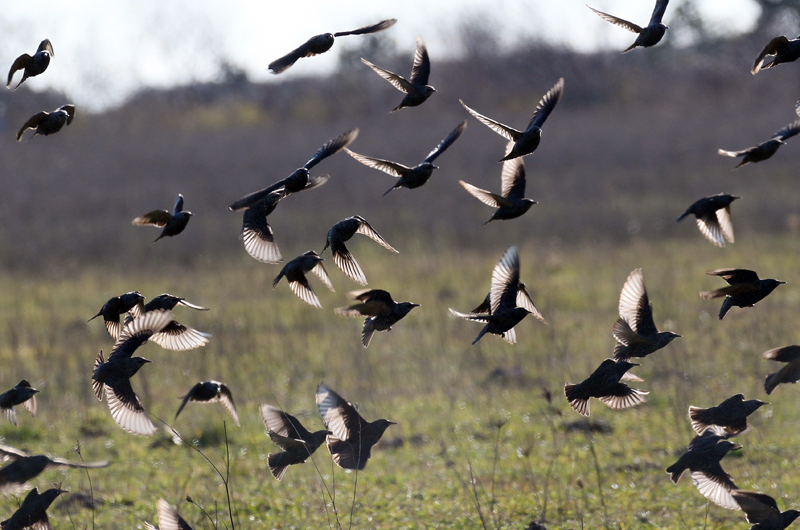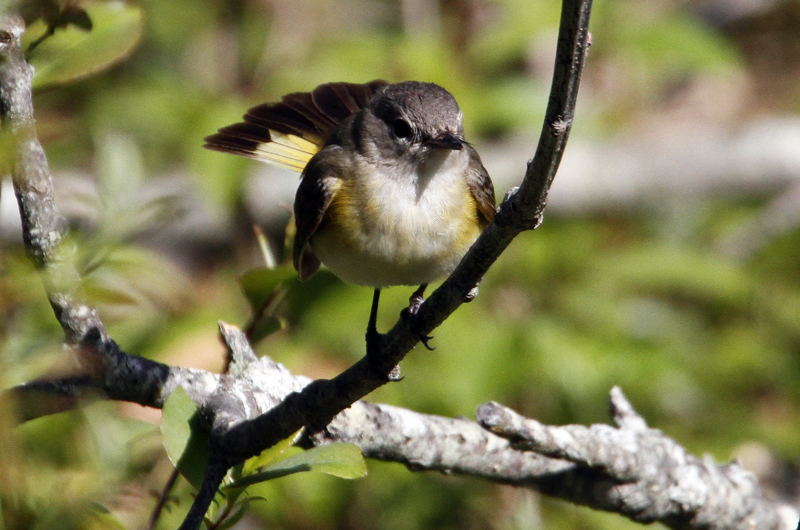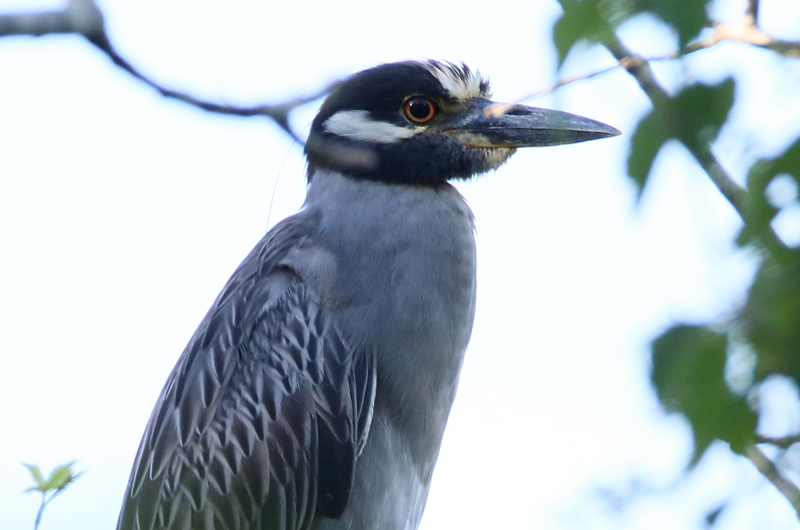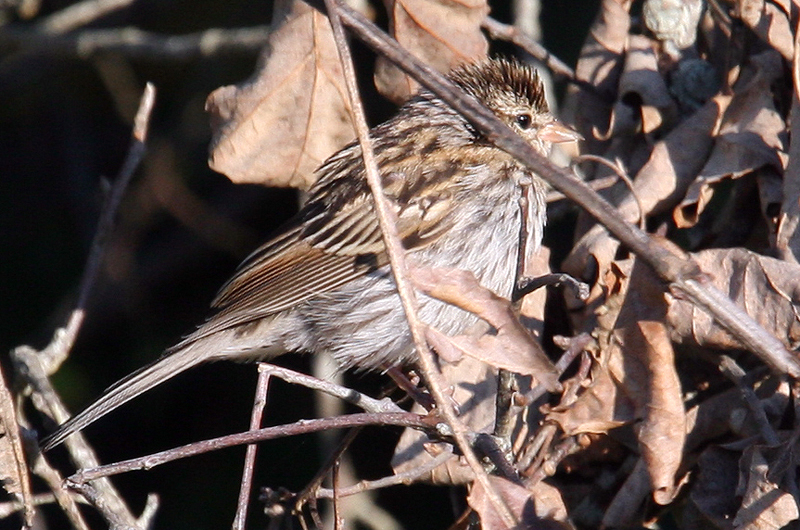As I write this it is still July, and most observations are of shorebirds and other waterbirds that are migrating past the Vineyard. But that is far from the only activity in the bird world.
Songbirds are also on the move. Some of the movement is fairly conspicuous, as with starlings. Until now, they have been spread out across much of the Island, but now they are beginning to gather into medium to large flocks. These flocks, called murmurations, are now appearing in fields and wetlands, with the entire flock wheeling around, dipping and darting in unison.
Swallows are conspicuous as well, as they are now gathering into flocks over the fields and shorelines of the Vineyard. But look carefully, as these flocks may contain several species. Tree and barn swallows will be most common but bank and rough-winged swallows may be mixed in.
Another songbird apparently on the move is the American restart, a small but hyper-active warbler. Frequent readers of this column may remember my talking about the 12 singing males frequenting Cedar Tree Neck from May to early July. For most of July there were maybe four to six singing males, but on July 30 I only found two redstarts, a male and a female. The other redstarts have apparently started their migration and left the area. Perhaps they moved to other parts of the Island, or perhaps they are now somewhere on the mainland.
Another place where American redstarts are abundant is Great Rock Bight. On July 25 Susan Whiting and her Chilmark Community Center bird walk found only found two redstarts there, although the weather that day was less than ideal. They also found a black-and-white warbler there, as well as red-eyed vireo and green heron.
While we think of migration being when birds pass through, it truly begins when breeding birds leave their breeding territories. And these movements can be hard to detect. It takes careful observation to see whether the birds just stopped singing or whether they actually packed up and left.
Bird Sightings
Allen Carney found a dozen great egrets and a great blue heron in the marshes of Lobsterville on July 30.
Also on July 30, Lanny McDowell found an immature yellow-crowned night heron at the Sheriff’s Meadow Sanctuary near downtown Edgartown. This is a great spot for wading birds. Now two yellow-crowneds are there, as are black-crowned night-heron, green heron, great egret and great blue heron. However, they may well be hidden in the dense foliage surrounding the pond.
Bob Shriber observed a lesser black-backed gull at Katama on July 29. This gull was mixed in with a flock of gulls that were roosting in the farm fields.
Flip Harrington was out to sea at Lucas Shoals on July 28 and found over 30 Wilson’s storm petrels. On July 22 he and Susan Whiting found a few greater shearwaters in Menemsha Bight. They proceeded to go 28 miles south of Noman’s Land where they found Cory’s shearwaters and more Wilson’s storm petrels, and a probable Manx shearwater. If only these seabirds would come closer to shore.
On July 27, Steve Allen and the Felix Neck early birders found a common eider in Sengekontacket Pond. Other highlights include great egret, great blue heron, semipalmated sandpipers, greater yellowlegs and a family of Baltimore orioles.
Megan Lait found a green heron on July 26 at Wasque.
My July 26 guided birding tour visited Katama, where our highlights included a black skimmer skimming over the water’s surface at the extreme western end of Mattakessett Bay. Also, the 200 or so shorebirds — all the usual suspects — flew into the air at once when a male northern harrier glided by. About 10-15 of the shorebirds vigorously dive-bombed the harrier. Look for a hawk flying by whenever you see shorebirds suddenly become airborne en mass.
We also found five families of chipping sparrows in the Farm Institute fields. Juvenile chippies look nothing like their parents. Their undersides are streaked so they resemble song sparrows. Fortunately, they are still with their parents, although the parents are losing their characteristic reddish crown as they molt into their winter plumage.
On July 25, Phil Edmundson reported two ruddy turnstones joining the semipalmated plovers, piping plovers, killdeer, three species of sandpipers — semipalmated, least and spotted — and flocks of swallows. These are the first ruddy turnstones. I observed two at Little Beach that day, Warren Woessner found one at Norton Point the next day, and Lanny McDowell observed more on July 29.
A number of observers have commented on the abundance of juvenile red-tailed hawks recently. They are generally out of the nest now and have a brown barred tail and a lot of white speckles across their back. They can also be quite vocal. Although they are independent of their parents now, they continue to noisily beg for food.
Screech owls are also beginning their summer serenade. Sarah Mayhew, Mary Lee Will Point, Diane Crane, Barbara Armstrong and Cynnie Walsh Wayman have all reported hearing them near their homes across the island.
This is the season for fledgling birds, post-breeding dispersal, and south-bound migrants. Please keep us up-to-date by reporting your sightings to birds@mvgazette.com.
Robert Culbert leads Saturday morning Guided Birding Tours and is an ecological consultant living in Vineyard Haven.











Comments
Comment policy »